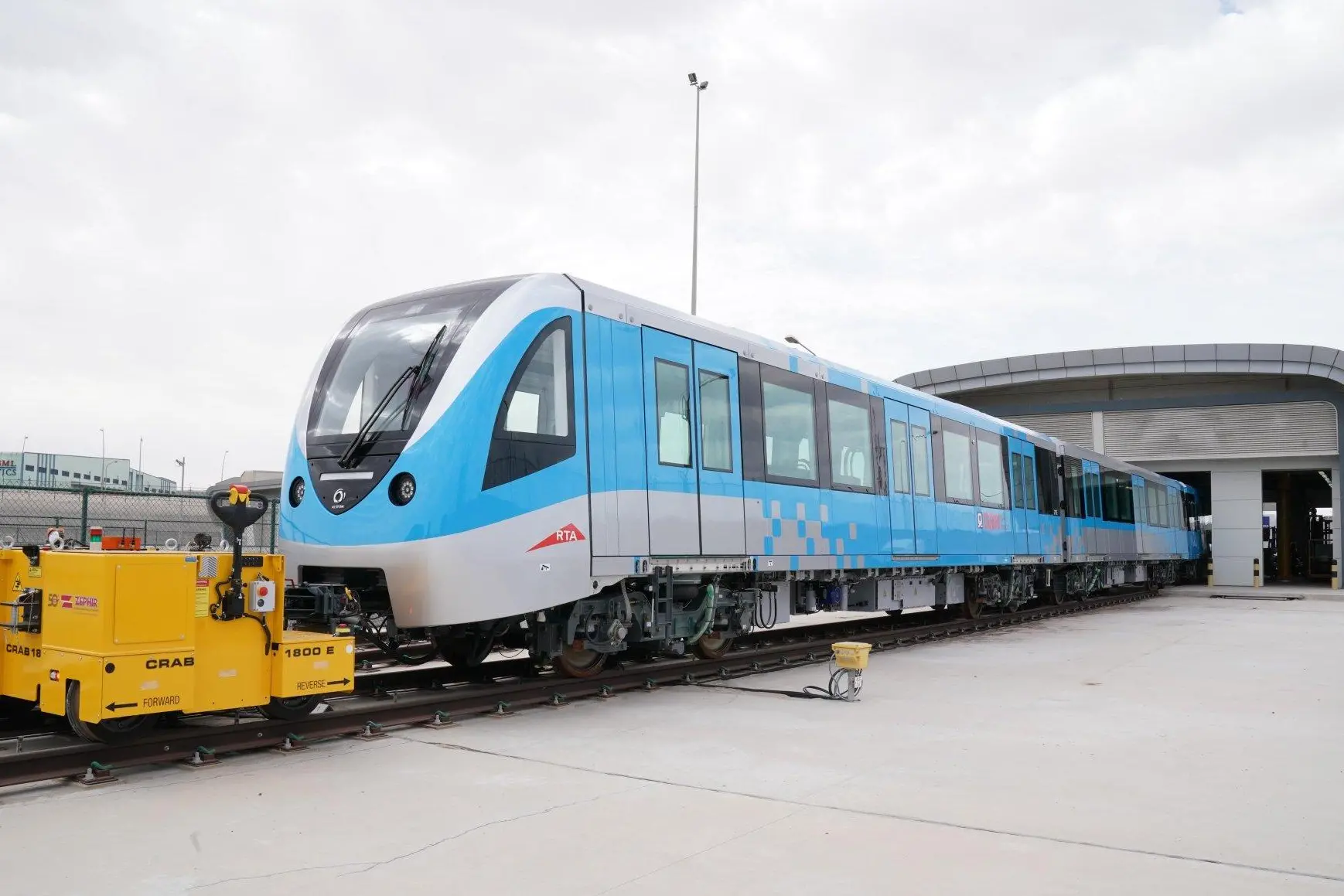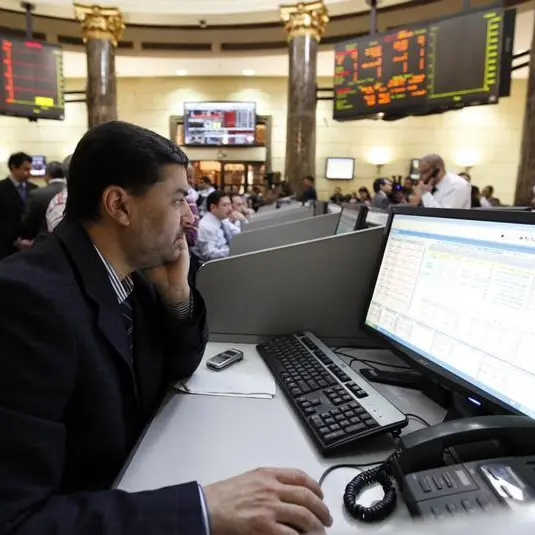PHOTO
Dubai Metro’s 50 brand new trains have arrived in the emirate, the public transport chief announced on Saturday, promising a more comfortable ride for the city’s commuters.
Fifteen of these trains are designated for Expo 2020, while the 35 others are meant to improve the level of service of the existing Dubai Metro.
Mattar Mohammed Al Tayer, director-General, chairman of the board of executive directors of the Roads and Transport Authority (RTA), said “extensive improvements” have been introduced to the interiors of the trains to make them more spacious.
Seats have been redistributed in the new design, increasing the capacity of each train by eight per cent, from 643 riders to 696 riders, Al Tayer added. “Seats are transversal in the Gold Cabin and longitudinal in both the Silver and the Women and Children Cabins.”
The design of the luggage compartment has also been revamped to expand the space for standing commuters.
“Other improvements include new designs for grab handles and lighting, and the use of new digital advertisement displays. An illuminated dynamic line map will be used to indicate the metro route and stations, and the lighting will be using LED power-saving technology,” Al Tayer explained.
Some configurations have also been done to make the carriages more accessible to people of determination. Seats were redistributed at the two sides of the train and the gangway between carriages has been widened.
The exterior shape of the Metro, however, was left unchanged to maintain its design identity, Al Tayer said.
Testing phase
The new trains are deployed at the Dubai Metro Depots in Al Rashidiya and Jebel Ali. The RTA is currently conducting operational tests of the trains on the Route 2020 of the Dubai Metro Red Line.
Tests consist of four phases: Phase 1 is a Static Test, where a motionless metro carriage is placed on the track for carrying out a series of tests including communication systems, automated train control systems, electrical Power supply system, air-conditioning, onboard electronic equipment, lighting systems and the full integration and interface between various subsystems and components.
Phase 2 is the ‘Dynamic Tests’, which covers a series of onboard tests on a train in motion. Tests on the rolling stock cover electrical motors, brake systems, Operational performance tests during normal and emergency cases, power systems, electromagnetic compatibility, automated train control systems, and communications systems.
Phase 3 relates to ‘Operational Tests’ to verify the system’s reliability and stability. These tests are key phases of the project and start after the completion of tests and the integration of the entire systems. During this phase, the system will be running continuously in a fashion similar to the regular operation, but without passengers, to achieve the targeted operational performance indicator.
Phase 4 constitutes ‘Operational Trials’ conducted by the metro operator. It aims at verifying the readiness of the operator before the start of the actual operation of the service. It involves about 14 days of operation without riders to test the operation of the metro system under all scenarios including normal, degraded and emergency modes.
Copyright © 2020 Khaleej Times. All Rights Reserved. Provided by SyndiGate Media Inc. (Syndigate.info).












